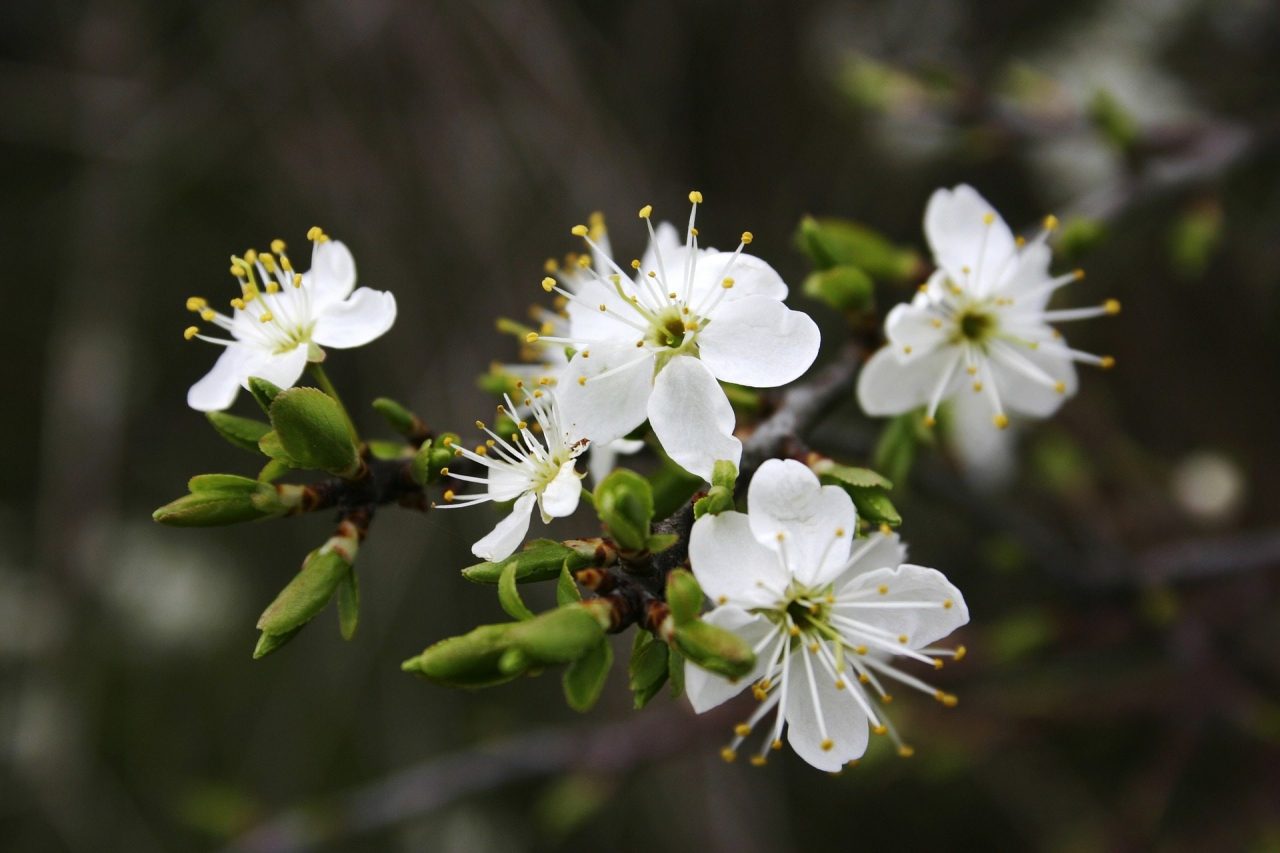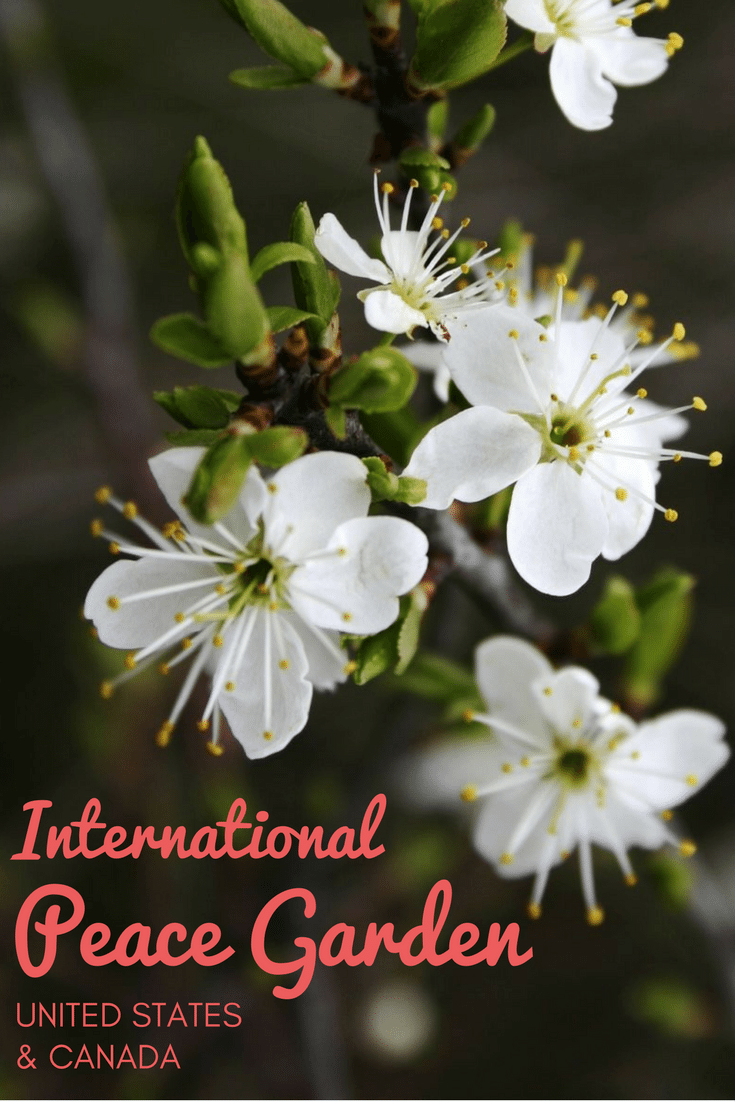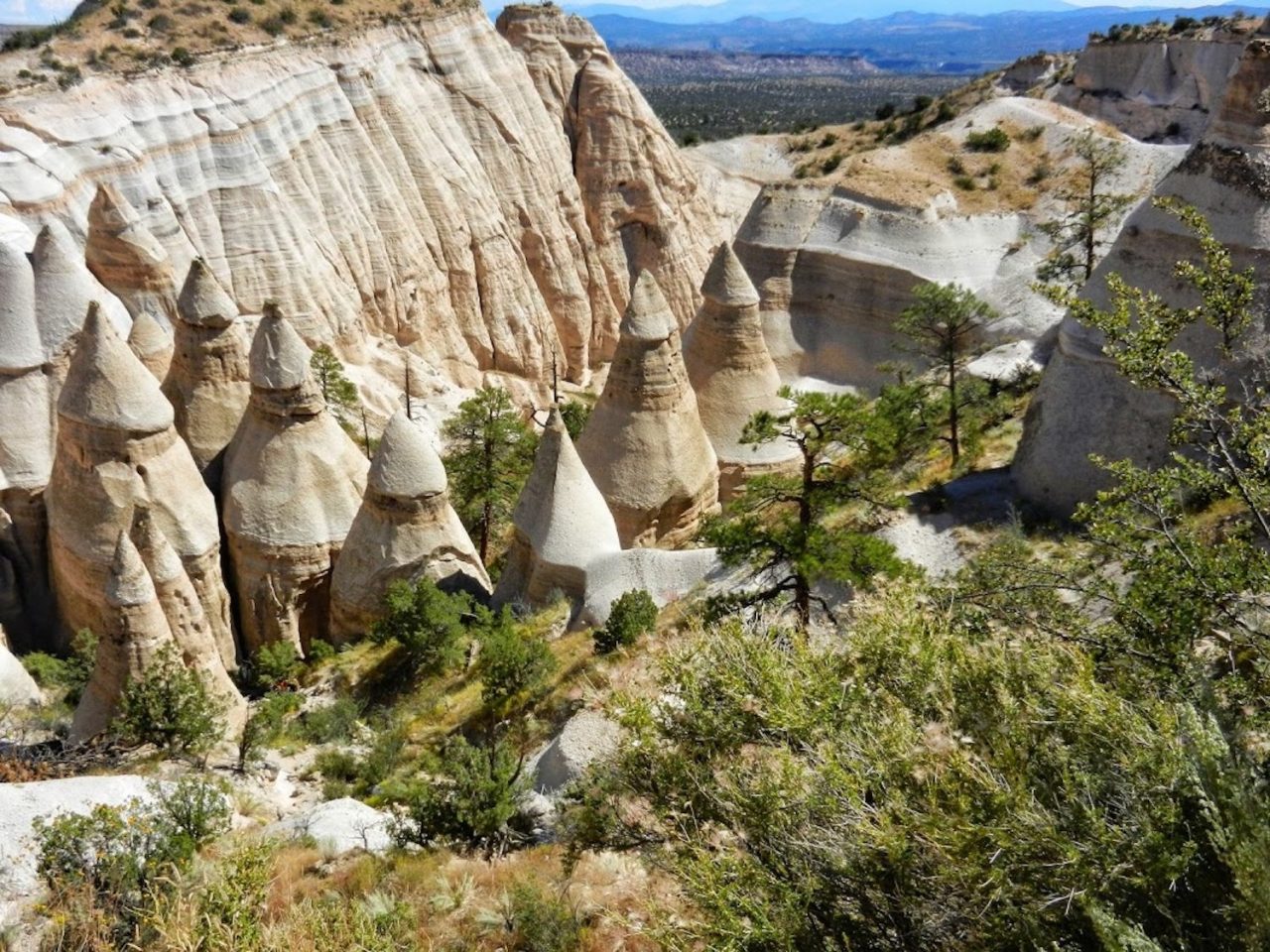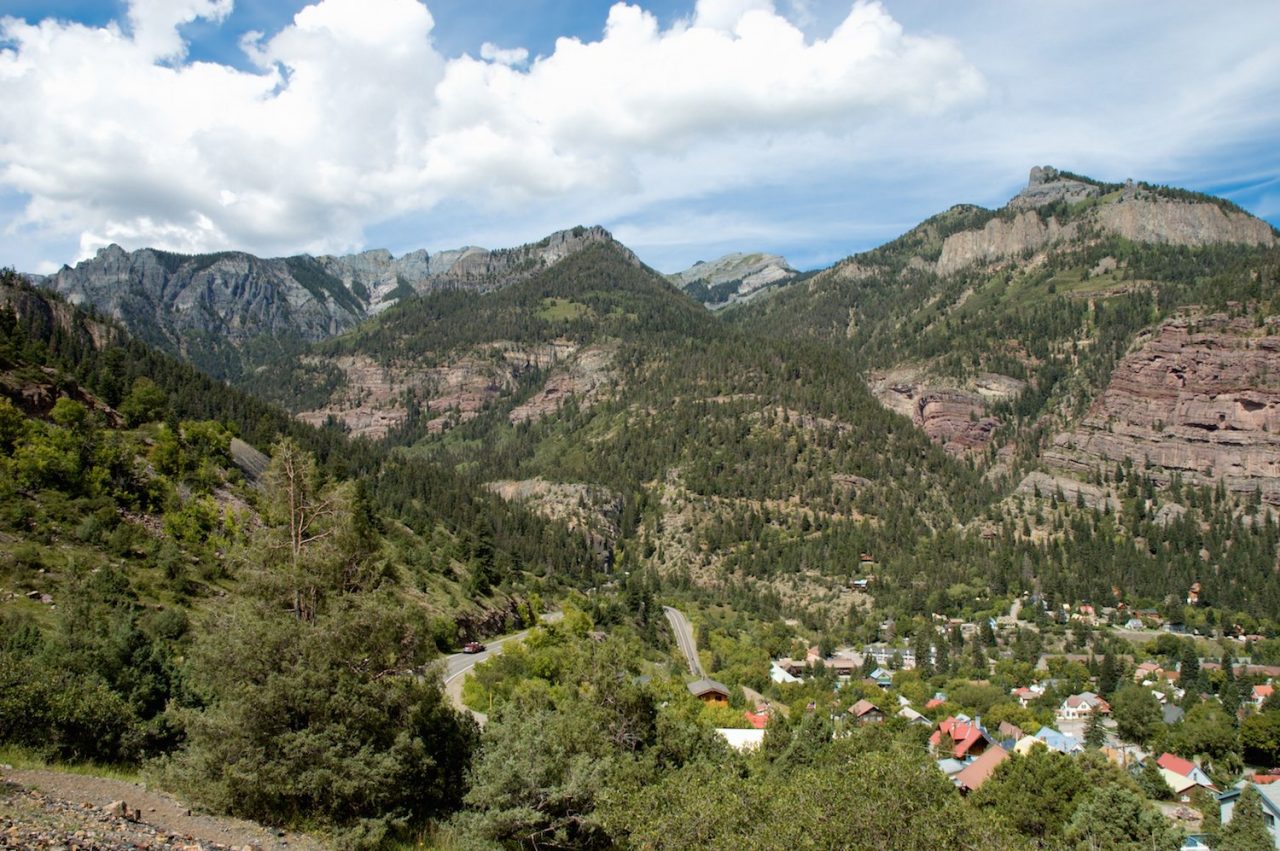The International Peace Garden is a beautiful garden that symbolizes the harmonious relationship between the United States and Canada. It is located near Dunseith, North Dakota (USA) and Boissevain, Manitoba (Canada). Here, Manitoba Highway 10 becomes North Dakota Highway 3; together they are “The longest north/south road in the world.”
The International Peace Garden was the idea of Dr. Henry J. Moore, an Islington, Ontario horticulturist and teacher. The garden’s stonework dedication Peace Cairn reads: “To God in his Glory we two nations dedicate this garden and pledge ourselves that as long as men shall live we will not take up arms against one another.” Its dedication on July 14th, 1932, drew more than 50,000 visitors.
International Peace Garden
Located only thirty miles from the geographic center of North America, the International Peace Garden is just over three and a half square miles in size, of which about two and a half acres are available for you to tour. It consists of many beautiful and rare plantings centered upon a long mall-like axis on the US and Canada border, along the 49th Parallel.
The floral displays are stunning, and include floral depictions of both nations’ flags. Every year there are more than 150,000 flowers in bloom in the garden. Be sure to visit in high summer in order to take in all of their beauty. The staff works hard to create new and colorful deigns using both perennials and annuals.
Begin your visit at the Interpretive Center, directly across from the Sunken Garden. It offers a restaurant, a conservatory, an extensive gift shop, and a horticulture library. The conservatory contains the notable Vitko cacti collection of 6,500 different kinds of succulents.
Among the notable features of the garden are the Floral Clock, fountains, the Peace Carillon, and the Peace Chapel. Also in the garden is a sculpture made of fragments of the World Trade Center memorializing the attack of September 11, 2001.
The Peace Carillon contains bells donated by the First United Church of Brandon. The Floral Clock, donated by the Bulova Watch Company in 1966, is 13-feet in diameter. Only the arms are metal. Everything else, even the hour markers on the dial, are living flowers, and are re-created every year. The clock is formed out of 2,000 to 2,500 flowers.
Continue Your Visit
The Peace Chapel contains beautiful quotations on the subject of peace. The Peace Tower – which has served as the garden’s landmark since it was built in 1982 – is in the process of being replaced. The tower was being destroyed over time due to weather erosion. A winning entry in the design competition for a new peace tower by GPP Architecture of Winnipeg will be a soaring conical shape with openwork spirals.
You can tour entirely by car, as you drive around the US side and the Canadian side of the garden. If you enjoy hiking, consider the mile and a half hike around Lake Stormon. That’s your best chance to watch the beavers. The long, low-slung historic lodge at the International Peace Garden was built by the members of the Civilian Conservation Corps (CCC) in the 1930’s.
The International Peace Garden is also home to the North American Game Warden Museum. The museum collects and displays vintage uniform, decoys, badges, patches and crests, and a range of tools used in wildlife enforcement. The museum also preserves historic and contemporary books, publications and photos.
Tip
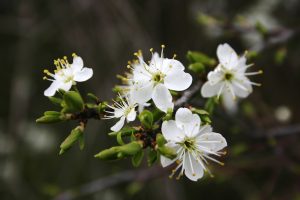 When you enter the International Peace Garden, you have left either the United States or Canada. To re-enter, Border Services Officers must record information from all identification documents you present. Although passports are not mandatory, they are highly recommended, so that you will have the ease of them being scanned quickly, making your border crossing go smoothly.
When you enter the International Peace Garden, you have left either the United States or Canada. To re-enter, Border Services Officers must record information from all identification documents you present. Although passports are not mandatory, they are highly recommended, so that you will have the ease of them being scanned quickly, making your border crossing go smoothly.

